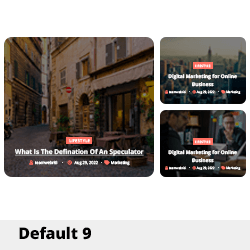How does content marketing actually work for small B2B software companies?
Unlocking the Secrets of Content Marketing for Small B2B Software Companies
For many small B2B software companies, the realm of content marketing can feel somewhat ambiguous. When we think about content marketing, the image that often comes to mind is one of frequent blog posts and social media updates. However, there’s much more to this strategy than just hitting the publish button on your latest blog or tweeting about your offerings.
Content marketing is fundamentally about building relationships and establishing trust with your target audience. While it’s true that consistency in posting on platforms like LinkedIn and maintaining an active company blog can positively impact your visibility, mere frequency may not be enough to drive meaningful engagement or lead generation.
After several months of diligent posting on our social media channels and blog, we found ourselves grappling with disappointing results in terms of leads and audience interaction. Although we had high hopes, the engagement we anticipated just wasn’t materializing. This led me to question a commonly held belief among digital marketing courses—that regular posting alone translates to follower growth and lead attraction.
So, how does content marketing truly work for small B2B software companies? Here are some vital considerations:
1. Understand Your Audience
Before creating content, it’s essential to have a comprehensive understanding of your target audience. Who are they, what challenges do they face, and what information are they actively seeking? Developing buyer personas can be a helpful strategy to identify and address the specific needs of different segments within your audience.
2. Quality Over Quantity
While maintaining a consistent publishing schedule is important, the quality of your content is paramount. Your audience is likely inundated with information, so producing high-value content that addresses their pain points or answers their questions can significantly improve engagement. Consider creating in-depth guides, case studies, or videos that provide genuine solutions.
3. Diversify Your Content Formats
Don’t limit yourself to just blogs and social media posts. Exploring various content formats like webinars, podcasts, infographics, and newsletters can captivate your audience in new ways. Different individuals consume content differently, so offering multiple formats can help reach a broader audience.
4. Promote Strategically
Creating great content is just the beginning. To truly leverage its power, you need proactive promotion strategies. Share your content across relevant platforms, engage in relevant online communities, or even consider paid promotions to amplify your reach.
5. Analyze and Adapt
Regularly reviewing your content performance is critical. Utilize analytics tools to track which types








Post Comment